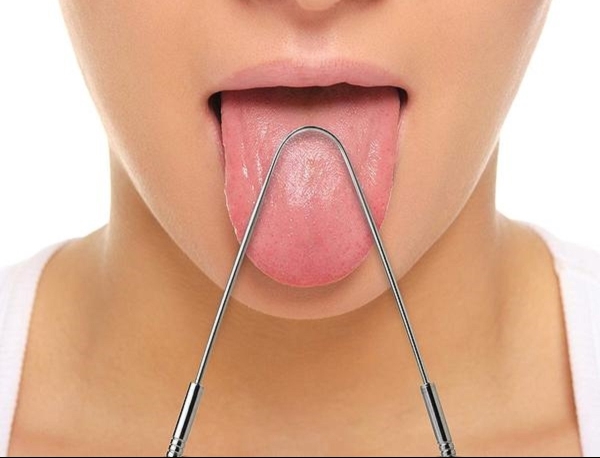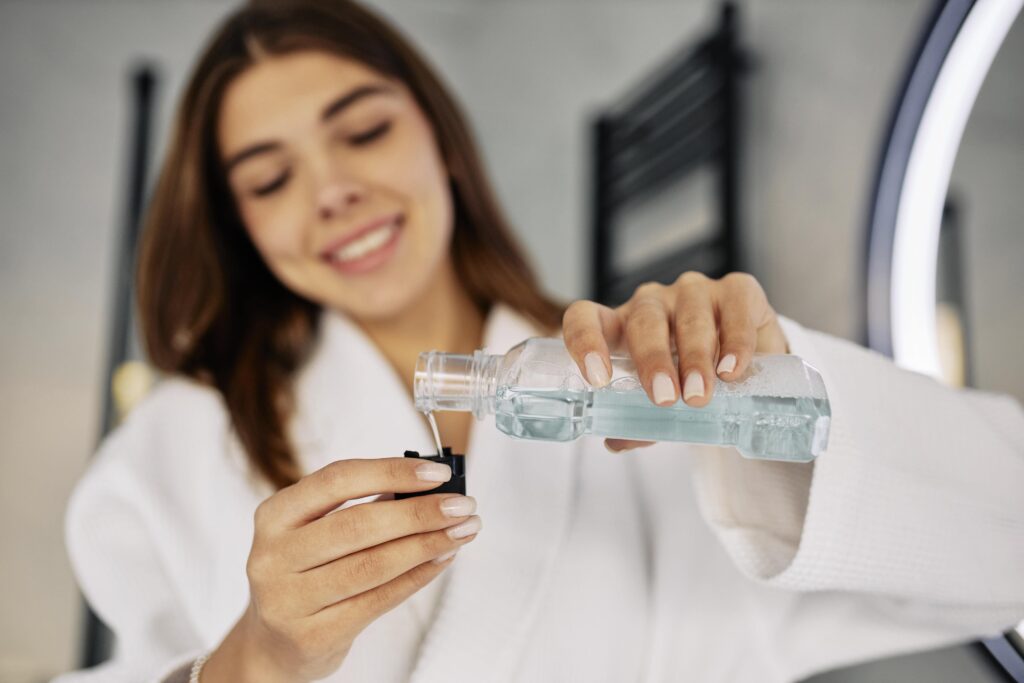
Cleaning your tongue is an excellent way to enhance your dental hygiene and is an essential part of a daily routine. Many people overlook this simple yet effective practice, which can help improve your breath, prevent bad bacteria from accumulating, and even reduce the risk of serious health concerns. While we were taught to brush our teeth as young children, most of us remain clueless about the right method to incorporate tongue scraping. That funny-looking tool—whether metal or plastic—might seem strange at first, but it’s worth the time to make sure you do it right. Following expert recommendations ensures the best way to achieve a clean and healthy tongue.
Personally, I found tongue scraping to be a beneficial step in my oral hygiene routine. It didn’t take long to realize how this practice could help not only with a fresher breath but also in removing debris that can lead to unwanted health concerns. When I first encountered a scraper, I was left wondering how to use it properly. Over time, I’ve learned to incorporate it as a natural part of my routine. Whether your scraper is made of metal or plastic, the process is straightforward and effective. Following this simple addition to your daily habits can make a noticeable difference in your dental hygiene.
What is Tongue Scraping?
Tongue scraping is an ancient practice rooted in Ayurvedic medicine that has been around for thousands of years. It involves using a tool, often made of steel, copper, silver, or plastic, to gently clean the tongue’s surface. This process removes toxins, enhances your sense of taste, and supports better digestion and gut health. Not only does it help boost immunity, but it is also a simple, inexpensive way to improve oral hygiene. As a complement to brushing and flossing, tongue scraping can be an essential part of your daily routine.
To perform it correctly, it’s important to be gentle to avoid irritation or damage to the delicate tissues of the tongue. Tools come in various shapes, sizes, and materials—many of which are affordable, durable, and even disposable after multiple uses. Personally, I’ve noticed how this small addition to my routine makes my mouth feel cleaner and my breath fresher, proving its value as a modern addition to an ancient tradition.
Is Tongue Scraping Essential?
A yellowish or white coating on the tongue often forms due to food particles, dead skin cells, and bacteria that collect on its surface. This layer, which can harbor harmful debris and Streptococcus mutans, is a common cause of bad breath and can lead to issues like plaque, tartar, and even cavities. According to the American Dental Association (ADA), maintaining a clean tongue is part of a solid oral hygiene routine. While brushing can help, scraping is an effective method to thoroughly remove this buildup, helping to prevent chronic halitosis and reducing gingivitis or other forms of periodontal disease.
Research, such as a 2022 study, confirmed the efficacy of tongue scraping in significantly reducing volatile sulfur compounds (VSCs), a leading cause of bad breath. Using a scraper or even a soft-bristled toothbrush can remove the mucus layer and residue, which brushing alone might miss. While it’s not a substitute for regular flossing or brushing twice daily, many people, including myself, find it a valuable addition to their daily cleaning routine. Brands like Colgate recommend tongue care as a fundamental part of oral hygiene for its role in preventing inflamed gums and promoting a healthier mouth overall. Whether you use it regularly at home or based on personal preference, scraping can greatly complement your efforts to maintain a clean, fresh mouth.
Do you scrape your tongue before or after brushing?
When it comes to maintaining good oral health, having a dentist-approved routine is essential. A solid approach to your oral care involves more than just brushing your teeth. You might have heard the phrase “inside, outside, upside” as a reminder for a thorough cleaning. But where does tongue scraping fit in the order of steps?
Experts recommend starting your routine with interdental cleaning using flossing tools like floss picks, interdental brushes, or extra-strong, textured floss. These help remove debris from those hard-to-reach areas. Next, spend two minutes brushing with a fluoride toothpaste, making sure to clean both the inside and outside surfaces of your teeth. Follow up with a gentle rinse using water or mouthwash.
Now, here’s the key: tongue scraping is best done as the third step, after brushing and rinsing. Using tools like a tongue scraper, Orabrush, or any professional-grade cleaner ensures that your tongue is free of bacteria and lingering debris. For the best results, dampen your scraper slightly to help loosen particles effectively. This extra step can leave your mouth feeling cleaner, especially if you wait at least a half-hour after eating to start your routine.
If you’re serious about keeping your oral health in top shape, think of tongue scraping as the triple clean bonus—it completes the job that your toothbrush and floss began. Dentists agree that this habit is an easy way to elevate your daily care and maintain a truly fresh smile.
How Frequently Should You scrape Your Tongue?
To maintain the right order in your dental hygiene routine, it’s essential to acknowledge how often you should perform tongue scraping. Ideally, scrape your tongue once in the morning and again in the evening as part of your habit. This pairs perfectly with the well-known practice of brushing your teeth twice a day for two minutes each time. After a half-hour of eating, food particles can linger in your mouth, making it the perfect time to focus on deeper cleaning. By normalizing this routine alongside flossing, you can complete a truly thorough cleaning and enjoy the full benefits of fresher breath and a healthier mouth.
How Much Time Should You Spend Scraping Your Tongue?
A commonly asked question about tongue scraping is how long the process should take. Unlike brushing your teeth, which often involves a two-minute timer on modern electric toothbrushes, tongue cleaning is a shorter task. The rule of thumb is to spend just enough time to gently dislodge debris from your tongue without making the process uncomfortable. Many resources online suggest starting with a few gentle strokes using a tongue scraper and gradually building this habit into your routine. Similar to flossing or interdental cleaning, it’s a simple step that ensures a thoroughly clean mouth when done safely and effectively.



